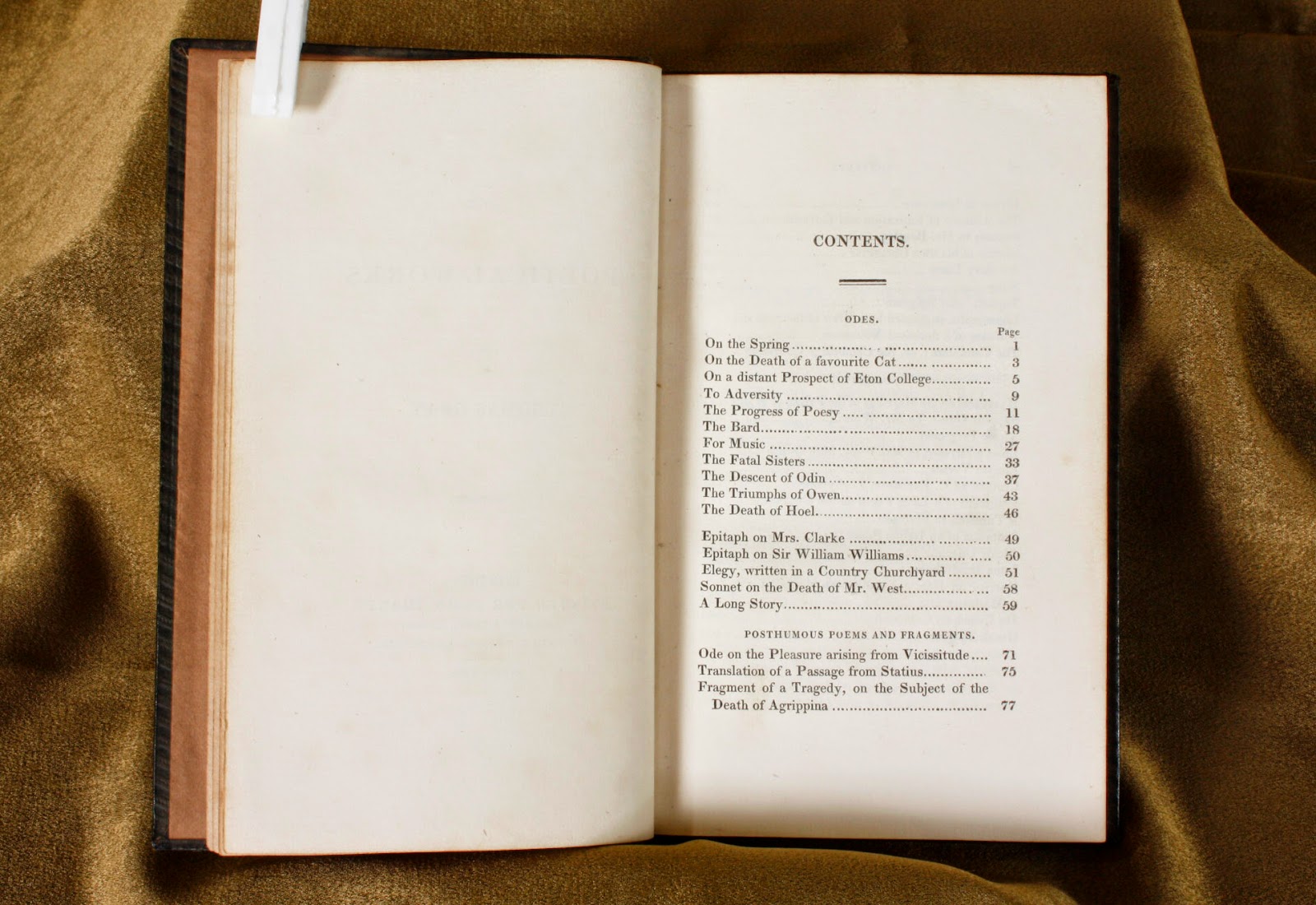John Bunyan (1628 - 1688)
"John Bunyan, author of the immortal allegory The Pilgrim's Progress (1678, 1684), was born in 1628 in Elstow, near Bedford, to Thomas Bunyan and his second wife, Margaret Bentley Bunyan.
John Bunyan had very little schooling. He followed his father in the tinker's trade, and he served in the parliamentary army from1644 to 1647. Bunyan married in 1649 and lived in Elstow until 1655, when his wife died. He then moved to Bedford, and married again in 1659. John Bunyan was received into the Baptist church in Bedford by immersion in 1653.
In 1655, Bunyan became a deacon and began preaching, with marked success from the start. In 1658 he was indicted for preaching without a license. The authorities were fairly tolerant of him for a while, and he did not suffer imprisonment until November of 1660, when he was taken to the county jail in Silver Street, Bedford, and there confined (with the exception of a few weeks in 1666) for 12 years until January 1672.
After 1672 the political situation changed, and except for a six-month
return to prison in 1677, Bunyan was relatively free to travel and
preach, which he did with immense energy and goodwill. Bunyan's
principal fictional works were published during the post-imprisonment
period: the two parts of The Pilgrim's Progress in 1678 and 1684
John Bunyan wrote The Pilgrim's Progress in two parts, which he had begun during his imprisonment in 1676.
Sadly, much of what Bunyan wrote has been forgotten.
Some say that Bunyan's famous allegory about Pilgrim's journey to the Celestial City has been second only to the Bible itself in the number of copies sold worldwide over the three and a half centuries since it was first published."
More information on John Bunyan can be found here (Poetry Foundation UK)
****
The Pilgrim's Progress
"It is regarded as one of the most significant works of religious English literature. It has been translated into more than 200 languages and has never been out of print."
***
Frontispiece:
Portrait of John Bunyan - Engraved by J. Wallis, from an Origibnal Painting by John Fountain.
London
Published by J. Goodwin, 448 Strand.
Title-page:
The Pilgrim's Progress
by
John Bunyan
(Engraving:
"I lighted on a certain place where there was a den & laid down by that place to sleep" Part. I
Drawn by C. Mufs. Engraved by J. Wallis)
London.
Published by I.Goodwin, No 448 Strand.
and sold
by Davies & Eldridge, Exeter.
Letter press title page:
The
Pilgrim's Progress,
From
This World to that which is to come;
In Two Parts.
Delivered under the
Similitude of a Dream.
Wherein is discovered,
Part one,
The Manner of His setting out;
His dangerous Journey;
And his safe arrival at the desired Country.
Part two.
The manner of the setting out of Christian's Wife and Children;
Their dangerous Journey,
And safe arrival at the desired Country.
By JOHN BUNYAN
"I have used Similitudes." Hosea xii
LONDON:
Printed by J. Wallis, 77, Berwick Street, Soho;
For J. Goodwin, 10 Ave Maria Lane;
Sold by Davis and Eldridge, Exeter;
And may be had of all Booksellers and Newsmen, in Town and Country.
1811
***
Click on any of the images below for full size photographs.



















































